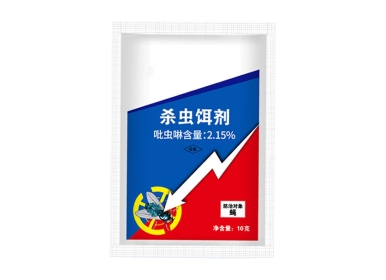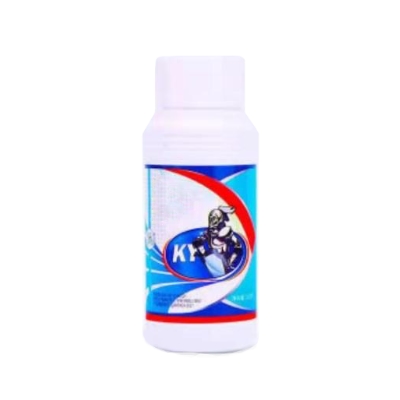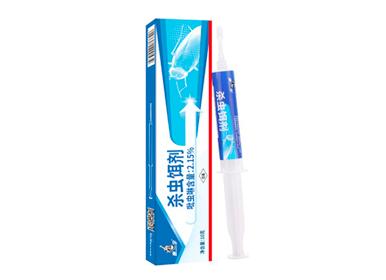Imidacloprid is a popular insecticide active ingredient that is widely used in a variety of pest killing products. It can work in many forms including crop and vegetation protection, insecticide sprays, powder, and gel baits. It is a neonicotinoid insecticide ingredient. Pure imidacloprid is in the form of colorless tasteless crystal. Imidacloprid has the characteristics of high efficiency, broad spectrum, low toxicity and low residue. It has a great killing effect on ants, cockroaches, bed bugs, termites and other pests. And pests will not easily develop resistance to this ingredient. Imidacloprid has multiple modes of action such as contact, gastric and inhalation poisoning. It works primarily by blocking the insect’s neuronal pathways. When it is applied to pests, their feeding activity will stop within minutes to hours. In the next 1-2 days, the pests will be paralyzed and die since the normal transmission of the central nervous system will be blocked. Insecticide products containing imidacloprid have the characteristics of quick action and long duration. In addition, imidacloprid is low-toxic to humans, mammals and plants, with a low residue level after application.








